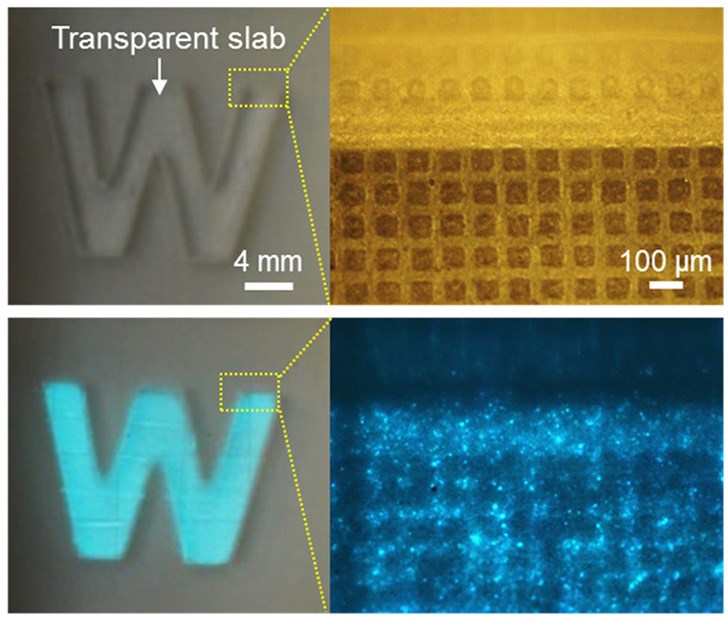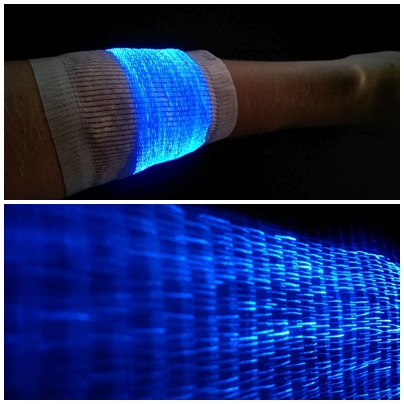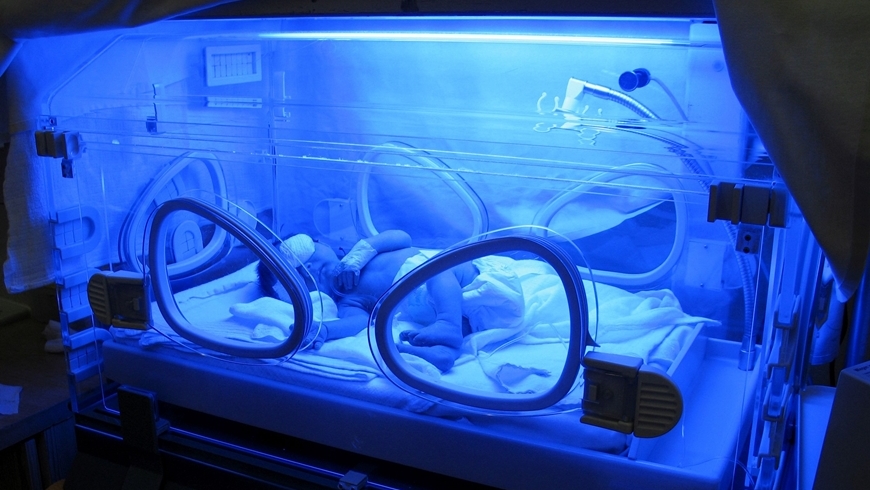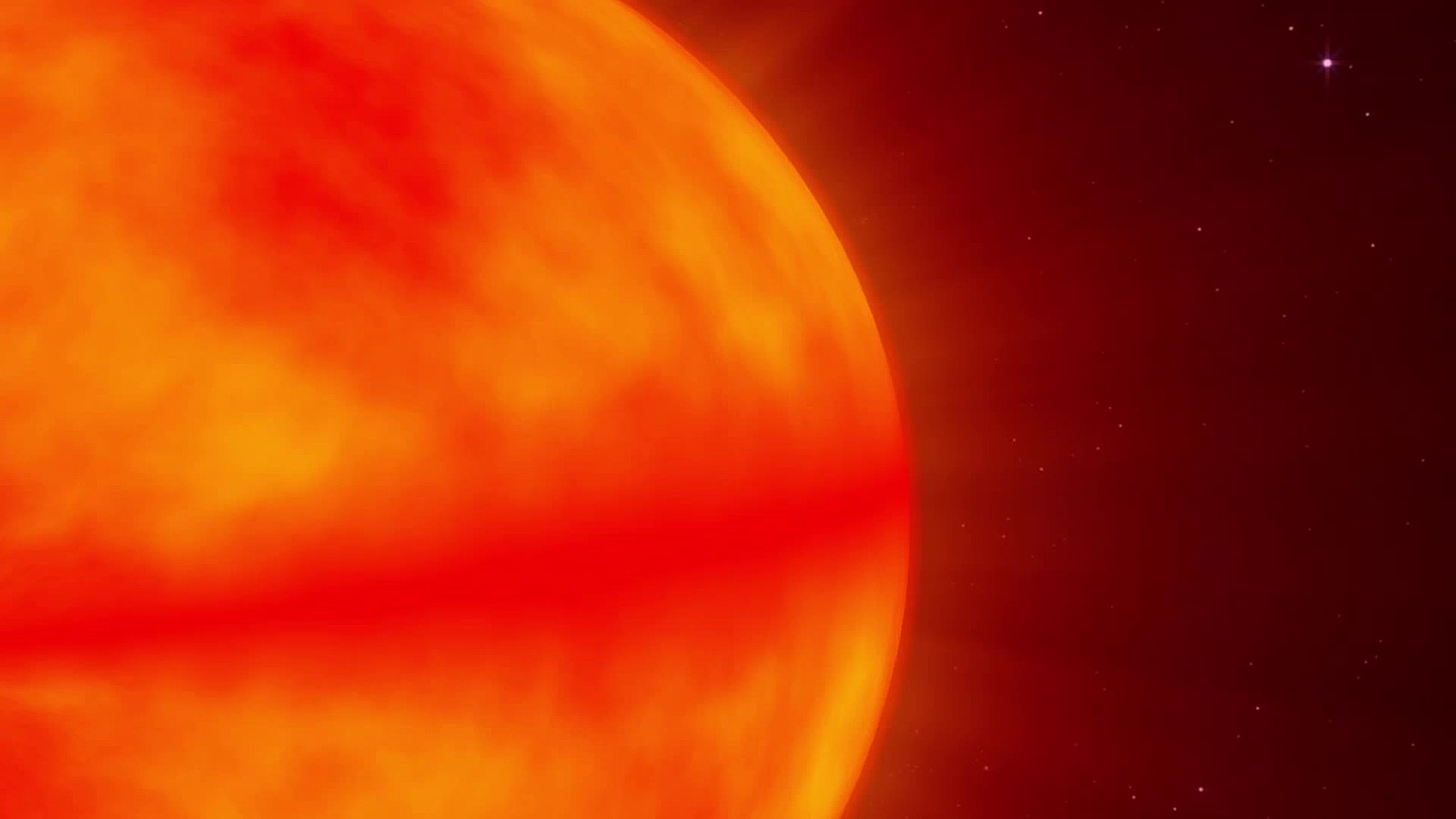How jellyfish have helped to create glowing, pressure sensitive, robot skin
Also, newborn babies get light-up pyjamas and telescopes capture the flash from a feeding black hole


Jellyfish inspire glowing robot skin
Human skin has a built-in warning system that alerts us to damaging pressure. What if synthetic skin could do the same?
Current electronic skin is hyper-sensitive to soft touches but starts to falter as the pressure ramps up. Without an early warning system, robots and prosthetics are prone to damage.
Now, the Huazhong University of Science and Technology has developed skin that glows when injury is imminent. And it was inspired by a jellyfish.

The alarm jellyfish is a bright red sea creature that flashes when under attack. The researchers mimicked its skin by embedding silver nanowires in two layers of silicone film. This creates an electrical signal under the slightest of pressure.
They then added another layer of film containing luminescent materials called phosphors. These glow brighter and brighter as the force goes up, responding to pressure changes with a colourful light show.

The researchers say the resulting skin more closely mimics the real thing, with the added benefit of a visible warning system. The ultimate aim is to replicate the full range of sensitivity of human skin, creating robot senses that rival our own.
Light-up pyjamas for jaundiced newborns
A team at EMPA have developed LED-laced cloth that delivers blue light to infants. The glowing pyjamas could treat neonatal jaundice say its Swiss inventors.
Get all the latest news, reviews, deals and buying guides on gorgeous tech, home and active products from the T3 experts

According to the NHS, six out of every ten newborns develop jaundice. It happens when the liver struggles to keep up with the breakdown of red blood cells. A compound called bilirubin starts to build up in the skin and eyes, turning the babies yellow.
Most get better on their own, but some need phototherapy treatment in a blue light incubator. The light breaks down the yellow pigment by 'photo-oxidation'. It adds oxygen to bilirubin, helping it to dissolve in water.
Babies need to stay under the light for a couple of days, wearing protective goggles and missing out on cuddles with their parents.

The new fabric promises to do away with the incubator. Battery-powered LEDs deliver light along fine optical fibres. These are woven to minimise the times the threads cross, allowing as much light to reach the skin as possible.
The final material is a soft satin that's breathable and washable, as well as glowing sci-fi blue. The light from the prototype isn't yet strong enough to treat jaundice. But, the researchers say that this could be easily remedied with stronger LEDs.

Spying on a feeding black hole
Black holes spew jets of energy as they feed. Vast columns of hot plasma shoot out into space, producing bright flashes of light.
They aren't yet fully understood, but an international team of scientists have measured how fast they switch on.
The researchers have been watching V404 Cygni, 7,800 light years away. It’s a black hole feeding on a star and, in June 2015, it coughed up a bright flash of light. According to the University of Southampton, the energy could have torn through planets like a beam from the Death Star.

Black holes trap matter in a swirling plane known as an accretion disk. Objects spiral inwards in ever decreasing circles, becoming twisted by the extreme gravitational and magnetic fields. Plasma then pours away from the disk as vast glowing beams that approach the speed of light.
The x-ray emission at the start of the 2015 jet was picked up by NASA's NuSTAR telescope. Then, 0.1 seconds later the ULTRACAM high-speed camera on the William Herschel Telescope spotted the visible light.
It’s hard to see from this far away, but researchers from the University of Southampton calculate that the plasma shot up to 19,000 miles (30,000 km) before it started to glow.
“This discovery was made possible thanks to our camera gathering 28 frames per second. It demonstrates the untapped potential of studying astrophysical phenomena at high speeds.”
Prof Vik Dhillon, Uni. of Sheffield
